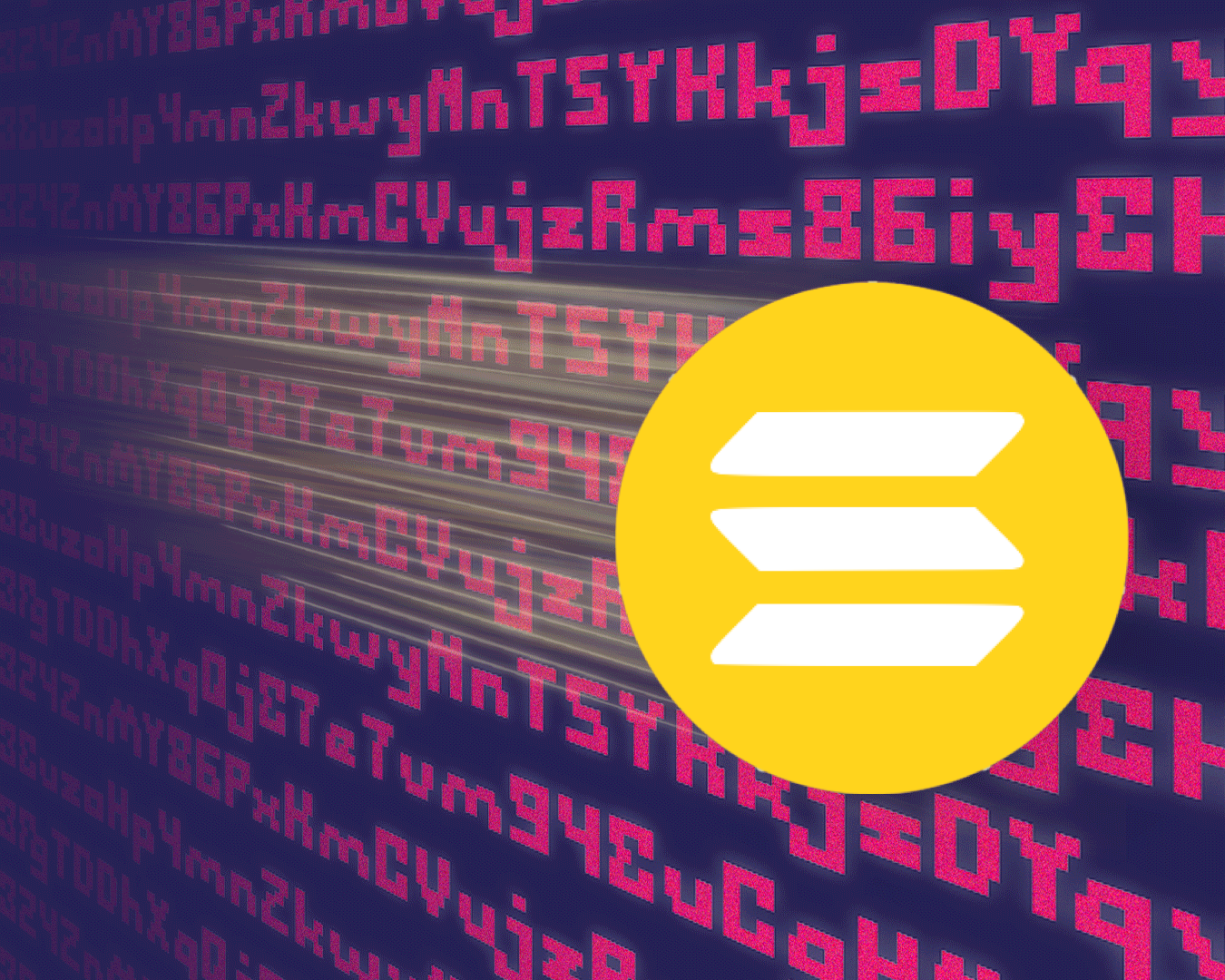Recently added to our Oobit portfolio, Solana (SOL) is an up and coming crypto project that has seen incredible growth over the past few months. In this piece, we’re going to do a deep dive into the project, detailing what it has set out to achieve, what benefits it provides to the blockchain and crypto industries, and how it has performed in the market to date.
A Blockchain Problem Worth Solving
Before we dive into Solana, let’s first examine the problem that the project was designed to solve. While Bitcoin and Ethereum dominate the markets, Ethereum is the biggest driver of innovation between the two as it provides developers with a platform on which they can build decentralized applications (dapps).
Ethereum has, however, come with its own set of challenges, most notably scalability issues, unliked programming languages, high gas fees as well as high latency. While many other blockchain platforms have tried to solve these issues, none have managed to successfully tackle all of them. The biggest issues are decentralization, scalability and security. These three elements go hand in hand, and once achieved would solve blockchain’s biggest problem. Which is exactly what Solana set out to do.
What Is Solana (SOL)?
Solana is an open-source blockchain platform that allows developers to create dapps and smart contracts, with a focus on the decentralized finance (DeFi) realm. Built for speed, security, and efficiency, Solana has created a hybrid consensus mechanism incorporating proof-of-stake and a unique proof-of-history protocol. The latter was created by one of the founders and is explained in greater detail below.
As a result, the platform can handle up to 50,000 TPS (transactions per second), a staggering amount when compared to Visa which processes 1,700 TPS. The network also creates new blocks every 400 milliseconds through a decentralized network of over 900 validating nodes and charges next to nothing for network fees. The most recent Solana transaction cost $0.00025 according to the live updates on their website.
Since launching the platform has attracted big names across the DeFi, Web 3, crypto exchange and online gaming industries who have all utilized the blockchain platform. It has also climbed 35 positions up the ladder of largest cryptocurrencies based on market cap, settling into the top 10 in August 2021, just 18 months after launching.
What Is Proof-Of-History?
As an impressive innovation in the blockchain industry, let’s explore the proof-of-history consensus algorithm, and how it’s boosting Solana’s functionality.
Anatoly Yakovenko, a co-founder of the platform, is a software engineer who started working on the project in 2017. Launching its public and private funding rounds during the ICO boom proved successful as Solana managed to raise $25 million, which it set about using to find a solution to reaching a faster consensus, a problem plaguing both Bitcoin and Ethereum.
The PoH algorithm centres around creating a trustless source of timestamping while still remaining true to its level of decentralization. Anatoly Yakovenko explains that “you can create a historical record that proves that an event has occurred at a specific moment in time.” The consensus model also ensures node synchrony and runs parallel to the PoS layer.
As transactions take place, nodes create their own timestamps while processing the transactions while the (voted) leader of each node is responsible for sequencing the transactions. Then the validators (also known as replicators) verify the transactions and publish the signatures upon receiving the confirmation. The PoS algorithm is responsible for a voting system that elects the leaders on the network and the staking nature of how validators are selected.
The platform also utilizes the Tower BFT consensus (similar to the Practical Byzantine Fault Tolerance (PBFT)) which increases the pace of the consensus process by minimizing transaction latency and messaging overhead, as well as Turbine, which allows for the seamless transportation of data to nodes on the blockchain.
With all these protocols in place (alongside several others), Solana can provide advanced scalability without having to rely on sharding or layer 2 solutions. All in all, providing a blockchain platform that is able to operate at a much faster speed than the rest.
What Is SOL?
SOL is the native cryptocurrency to the Solana platform and functions in a similar way to ETH on the Ethereum network. The cryptocurrency is used to pay gas fees, carries governance rights, and functions as a staking token as part of the PoS consensus that allows holders to validate transactions. Of the 500 million maximum supply, roughly 58% of the SOL are already in circulation.
Brief Recap Of Solana’s Market Performance
Since launching its whitepaper and internal testnet in February 2018, Solana eventually launched in March 2020. Its first listing on Coinmarketcap in April tracks the price at $0.77, which took roughly eight months to double. This spurred a bull run which resulted in SOL being worth $55.91 in May (3,780% gains) before losing half that value in a matter of days.
After several peaks and falls, July saw the SOL price dip to a low of $23.49. Since then the price has continued on a steep upward trajectory, increasing just short of 400% in two months. At the time of writing the cryptocurrency has amassed a market cap of over $40 billion.
Solana In The Future
With increased support from the community, largely spurred by the recent price rally but also linked to the incredible solutions that the platform is presenting, Solana is poised to continue on its upward trajectory. As more and more crypto companies utilize the blockchain (many at the request of their communities), Solana is destined to grow into an unstoppable contributor to the blockchain ecosystem.
________________________________________________________
Oobit Technologies Pte, 50 Raffles Place #37-00 Singapore Land Tower, Singapore (048623). is a company registered in Singapore (no:201716443G), that has been approved as Appointed Representative of Oobit Technologies OÜ, Harju maakond, Tallinn, Lasnamäe linnaosa, Väike-Paala tn 2, 11415, (no: 14852617 ). Which is authorized and regulated by the FIU (no: FVR001421 and FRK001304).

